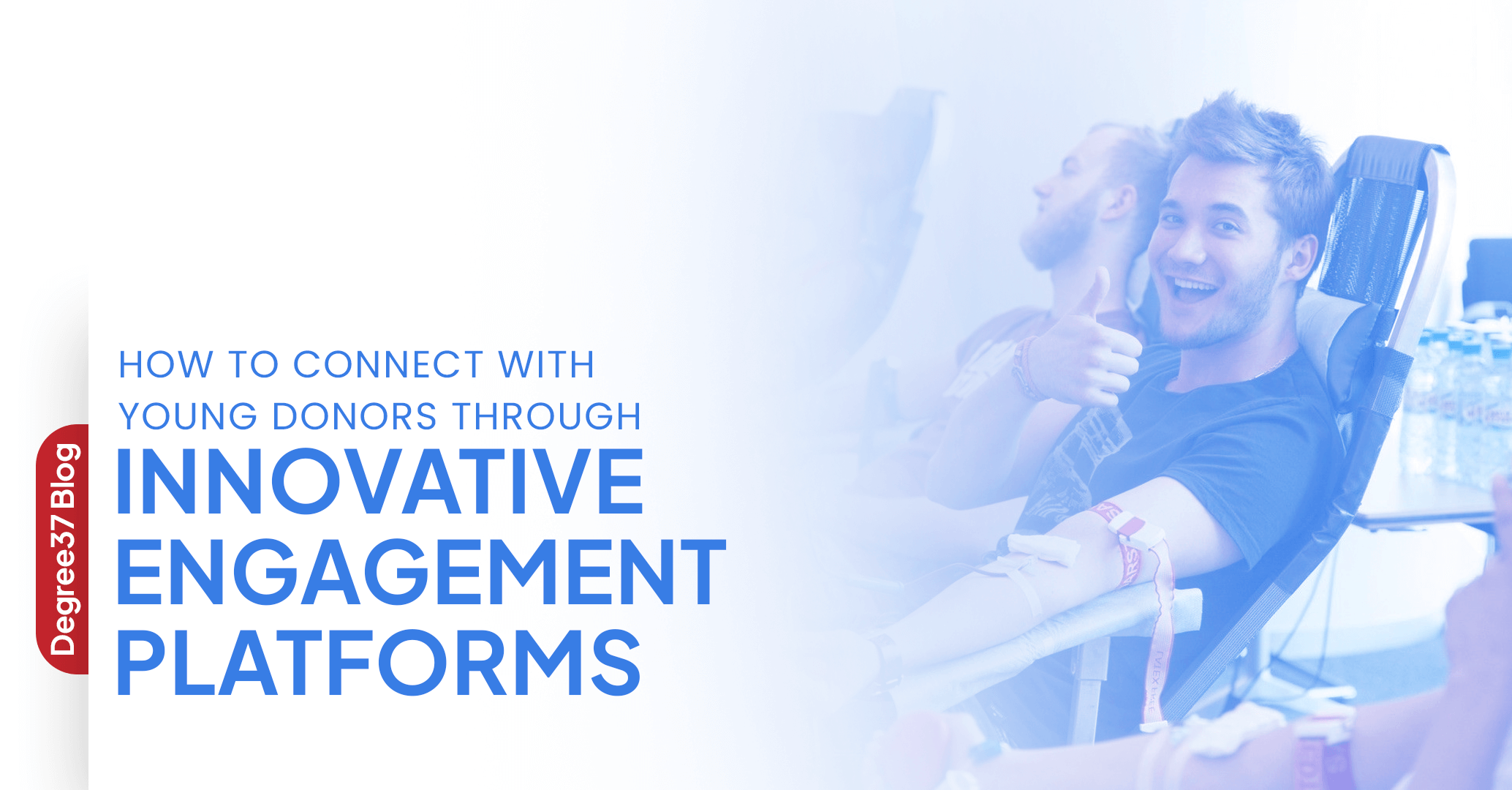Blood centers have for long been aimed at the older generation, but this resource is waning. Nonetheless, to cater for increasing demand it becomes imperative to pursue youthful populations as potential donors. This is where blood donation engagement platforms are proposed for digital era that can link the ages and ignite youth to be life-saving heroes as shown below.
Why Young Donors Matter
The younger generations, especially the millennials and Generation Z, are more adept with technology and have a social conscience. This age group values ease of use, individuality and a bigger purpose for everything they do. Consequently, blood donation is congruent to these principles. Younger donors tend to donate blood more frequently than older ones because their life expectancy is longer.
Traditional outreach strategies often miss their mark. Messages on flyers or posters may not appeal to people in a generation that always keep their eyes stuck on screens of smartphones. Therefore, youth-oriented blood banks must adapt their methods and use online platforms instead of physical locations where young people gather.
The Power of Digital Engagement
As for donor recruitment and retention, traditional methods like print materials and phone calls have become increasingly ineffective for appealing to the younger generations. Instead, online platforms and mobile-friendly experiences appeal more to these digital natives. Using digital engagement tools, blood centers can effortlessly link up with potential donors making donation process easier.
Personalized and Engaging Experiences
One of the main benefits that accrue from using digital engagement platforms is their ability to offer personalized experiences tailored for each individual donor.
By collecting and analyzing data around donor behavior, interests and communication preferences, these platforms can create targeted campaigns and messaging that resonate with each donor on a personal level. This increases the likelihood of donor participation and fosters a sense of connection and loyalty towards the blood center.
Gamification and Social Integration
Gamification and social integration are two ways that deeply connect young donors. For instance, such things as friendly competition, leaderboards, or social sharing features allow a blood center to exploit the natural desire for recognition among younger individuals who crave social validation. In this way, donating becomes enjoyable, encouraging people to repeat visits while creating a community feeling among givers.
Mobile-Friendly Platforms
Young donors of today want it all – convenience; accessibility. By making donation appointments easy online through mobile-friendly platforms that have reminders alongside real-time updates on donation eligibility status will enhance the overall experience of any giver involved in blood donation processes anywhere anytime. Blood centers can get rid of obstacles to participation by meeting donors at places where they use smartphones/tablets.
Tapping into the Power of Influencers
Influencer marketing has increasingly been important in attracting young audiences into engagement activities. Blood centers may use their authentic voices by partnering with social media influencers who share similar objectives with those aligned with blood donation thereby leveraging upon their established followings to raise awareness about it to inspire action.
These influencers may share their personal donation experiences, underscore the importance of regular donations and encourage followers to get involved.
Integrating Blood center management software
For effective management and coordination of these digital engagement efforts, blood centers should consider implementing a comprehensive blood center management software. These powerful platforms centralize various donor engagement tools, data analytics, and operational functionalities to enable seamless coordination and optimization of donor outreach strategies.
Measuring and Optimizing Engagement
Data-driven insights are essential in refining and optimizing digital engagement strategies. Continuously evaluating the effectiveness of campaigns through tracking key metrics such as click through rates, conversion rates, and donor retention rates can enable blood centers to make informed decisions using data to improve engagement and retention. Analyzing what donors say about their experiences or how they feel about donating can give insights into possible areas for improvement and ways to enhance the overall experience of becoming a blood giver.
Building Long-Term Donor Relationships
It is imperative that while there may be an emphasis on attracting young people with these digitalized participation tools eventually the focus should shift towards fostering long-term relationships with them.
Such things as consistent meaningful communication; recognition of milestones; provision of personalized support together with resources could help develop loyalty among youth who donate blood hence having a stable supply chain for years.
The Digital Enablement of Blood Donation
Accepting digital communication approaches isn’t just another option but something mandatory for organizations that desire to guarantee a future for this form of charity. By exploiting technology power while adapting to younger generations’ preferences, any leading blood donation engagement portal experiences resonate well with digital natives today.
By utilizing personalized campaigns, mobile-friendly platforms, gamification tactics, influencer partnerships as well as all-inclusive blood center management software, blood banks would succeed in reaching out engaging and retaining young donors thus assuring available steady stream of life-saving blood supplies across many generations.
To become leaders in the digital era of voluntary donations by raising their profiles as innovative practitioners who understand their target market’s needs evolving over time to bring blood centers closer to people in the age of cell phones and tablets.
